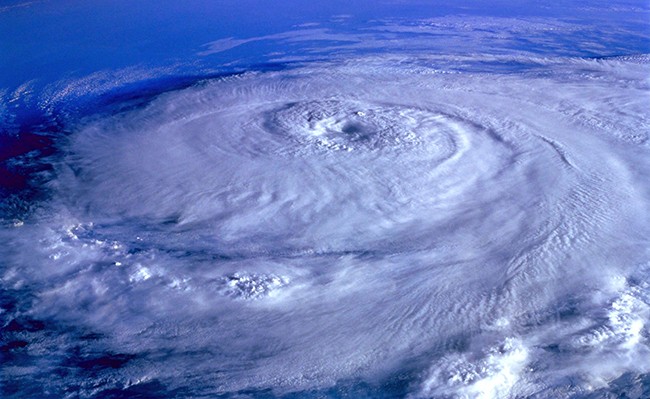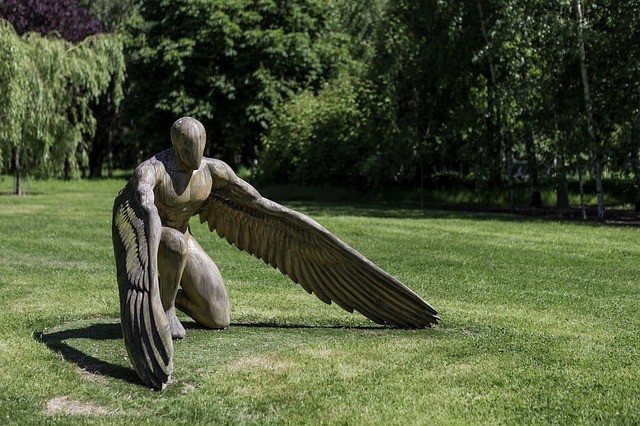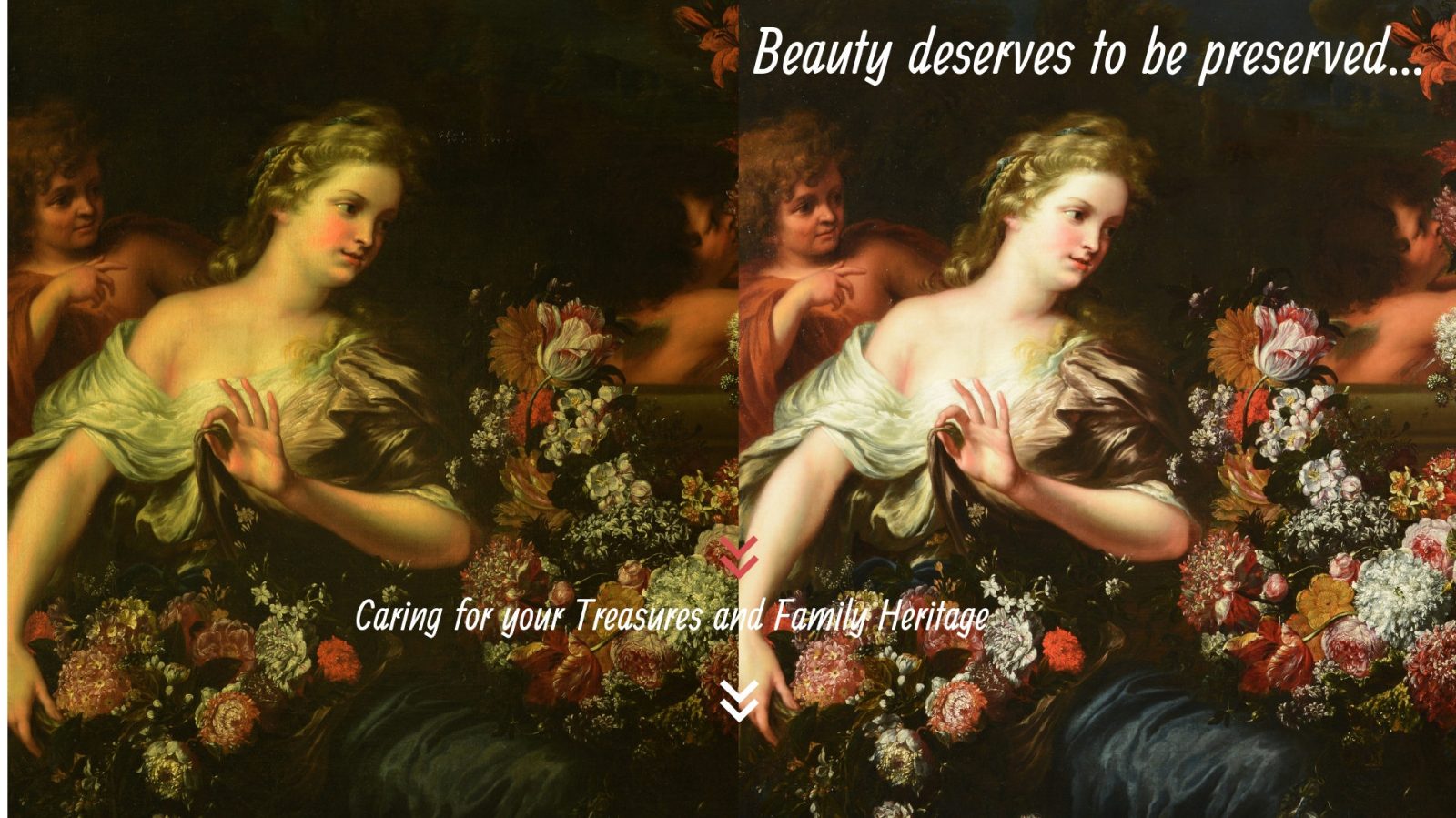Here in the Sunshine State, we’re most vulnerable to hurricanes from June through November. Ideally, hurricane preparedness should begin off-season, with ample time to get ready. However, since August announces peak storm activity, you still have a window of opportunity to take action.
Here’s a sequential guide for protecting your precious artwork.
1.Photograph and appraise each artwork.
Going forward, should you wish to file an insurance claim, having pictures of your artwork will facilitate claims processing. Photos should accurately represent the state of each collectible. Also, document their condition. If you have the original purchase receipts, photograph them, too.
Have you already appraised your collection? If so, make sure the assessments are up-to-date, reflecting the current market value of each item. Art prices can fluctuate dramatically, based on several factors. Among them are inflation, stock market status, artist fame, and a change in the perceived worth of artwork. If appraisals are outdated, insurance reimbursements may fall short of artwork value.
A general rule of thumb is to assess artwork every two years. However, for the ideal frequency, ask your insurer. If you find that appraisals are due and your collection is large, have the objects valuated in priority order of worth. To ensure accuracy, choose an appraiser specializing in fine art, experienced with your art genres and media. Once your pieces are appraised, store the documentation digitally or in a waterproof container.
2. Keep a running inventory of your collection.
An ideal means to archiving is using a cloud-based management system. With this Web-based technology, you decide how to organize pieces, such as by title, artist, medium, price, theme, or style. For precise tracking, you can log the location of each item. With cloud computing, you’ll have centralized storage for all your estate documents, photos, and files, readily accessible via mobile devices. Plus, you can easily document artwork value, proof of authenticity, and ownership history.
The record of ownership, termed “provenance,” can take several forms, such as a signed bill of sale, recent appraisal form, replacement estimate, or a signed statement of authenticity by a reputable authority.
If this type of inventory system appeals to you, make sure the cloud service provider has stringent security tools, including sophisticated encryption, daily backups, and state-of-the-art enterprise servers.
Of course, you’re not limited to the cloud. You can opt for any record keeping method that’s organized and specific. After archiving your collection, update it as you acquire and sell pieces.
3. Fully insure your Artwork.
Did you know that standard homeowner’s insurance policies usually don’t cover fine art? Most plans have a cap on personal property insurance that’s inadequate for high-value collectibles. Additionally, policy exclusions may further prevent filing claims.
To expedite knowing whether your homeowner’s policy covers artwork, ask your insurance agent. If coverage is lacking, buy additional fine art insurance. To gauge how much you need, refer to the appraised value of your pieces.
Fine art insurance consists of two types. One is a “blanket policy,” with a capped total for an entire collection. The other option is “scheduled insurance,” listing each piece individually for a specified amount. Whatever type you choose, be sure it covers natural disasters, fire, theft, home accidents, and damage during transport. Also, obtain coverage for artwork replacement, off-site storage, and restoration
4. Make sure you have an updated condition report.
Like an annual physical, a condition report evaluates the health of your artwork. To generate a condition report, at Stella Art Conservation we carefully examine your pieces in our laboratory or onsite, using the most advanced technology. Additionally, we photograph your artwork, analyzing the images.

In-depth analysis reveals any previous restorations, damage, and brewing deterioration. The condition report then serves as a baseline evaluation, against which subsequent damage can be measured.
For this reason, a condition report is helpful when filing an insurance claim.
5. Devise an art evacuation plan.
For optimal emergency preparedness, ready your collection for transfer to a storage facility. Start by reviewing your inventory list, prioritizing the most valuable pieces to move. Once hurricane landfall is forecast, an art handler may not have sufficient time to secure your entire collection. Therefore, if your inventory is extensive, use a numbering system to rate urgency. For example, use a scale of 1 to 3, with 1 being top priority
To streamline the art handler’s work, print a picture of each object to be stored, along with an item description, including dimensions. This way, the staff can bring an appropriately sized truck and packing materials to your home.
Based on the measurements of your pieces, estimate the total floor space you’ll need at the storage warehouse. Then, create a blueprint of your home, labeling all the rooms and marking where each piece is situated.
6. Choose a reliable art handler.
Note that now is the time to secure your artworks at a safe facility, before peak hurricane season starts. In Florida, we’re fortunate to have many professional art movers and climate-controlled warehouses.
After your research has identified two promising art handlers, interview each one by asking the following questions and recording the answers:
- Is the building hurricane-rated?
- Does your company use trained staff?
- Is your storage facility climate-controlled?
- Does it have a generator to supply power during an outage?
- Before a storm, how do you prioritize art collections for pick-up?
- If some of my artwork needs crating, will you provide the equipment?
7. Have a contingency art management plan.
During a low-level hurricane, some people decide to stay home. If you choose this option, you still need an artwork management plan.
When a hurricane is first predicted, promptly call your fine art insurer. Discuss whether to move your artwork to a storage facility or the safest section of your home. If your house has shutters and a generator, mention this to your agent. Unless there’s an order to evacuate, the agent may venture that your artwork can remain in place.
To prepare for that possibility, at this time, designate a hurricane-safe area of your house, such as closets. Then, well before hurricane landfall, move your pieces to the safe zone. Packing advice follows, in the next section.
NOTE – During hurricane season, we strongly advise maximal emergency preparedness by relocating your art collection to a storage facility. Even when low-level hurricanes are forecast, they can suddenly accelerate, intensify, and change course. Plus, above certain wind speeds, most art handling companies won’t dispatch staff or transport high-value art. So, with your best interests at heart, we urge the transfer of your artworks to off-site storage now or as soon as possible.
8. Pack each piece protectively.
We highly recommend you let an experience art handler pack your artwork. Still, to cover all possible scenarios, let’s say a hurricane is nearing and you decide to keep your collection home. Maybe you’re evacuating, or it’s a low-level storm and you plan to weather it in place. Either way, here are some packing guidelines. As you handle each object, note any existing damage and record the details, using your inventory management system.
For indoor hanging artworks, ideally, take them down. If their surfaces aren’t tacky, wrap them in proper packing material then plastic. Or, for relatively small pieces, place them in airtight, heavy-duty plastic containers or bags, sealed with duct tape. Airtight containers may shield your art from standing water over several days.
Next, place the contained objects on a stable surface, at least 5 inches above the floor. The higher, the better. If possible, take advantage of closet shelves.
Stack paintings together, separated by sheets of cardboard larger than the frames. Elevates these, too. Try to obtain crates for heavy pieces. The crates will help anchor your items while protecting them from flying debris.

Do you own any hefty outdoor sculptures, difficult to lift? If so, protect them from high winds by wrapping them in blankets or burlap, tied with rope. For moveable outdoor artworks, bring them inside, packing them as you did the indoor pieces.
9. Avoid art storage disasters.
For permanent wall installations, affix them securely, especially if your walls are plaster. Water-soaked plaster can crumble, taking masterpieces down with it.
Even if your basement is well-sealed, don’t use it for artwork storage. Any home furnishings below ground level may get soaked, especially if you live in a flood zone.
Since windows can shatter, keep your treasures away from them. Also, due to the hazard of collapsing ceilings, avoid leaving artwork on couches and beds.
10. Post-storm, address artwork damage speedily.
First, contact Stella Art Conservation. A timely response by a professional conservator can curb damage to paintings, sculptures, and artifacts. Meanwhile, for any marred pieces, list and photograph them.
Next, ventilate all water-soaked pieces. With their potential to harbor mold and mildew, they’re hazardous for both you and your art collection. To expedite water evaporation, place the objects in well-lit rooms with air conditioning or dehumidifiers. Never use heating devices to aerate fine art, such as hair dryers or electric heaters. Safest is air-drying.
Under no circumstances should soap be used on artwork! Soap is deadly for all media since it seeps into crevices, dries, hardens, and clouds surfaces. Additionally, don’t use any chemicals to clean paintings.
Trustworthy Art Recovery
Our team of art conservators specializes in remediating art collections harmed by hurricanes, water, mold, fire, wind, and accidental damage. Your call will launch a prompt response by our staff. Upon arriving at your home, we’ll evaluate the severity of damage and stabilize your artworks, sparing them further harm. Then, we’ll design a restoration plan to bring your damaged artworks back to their original glory.


